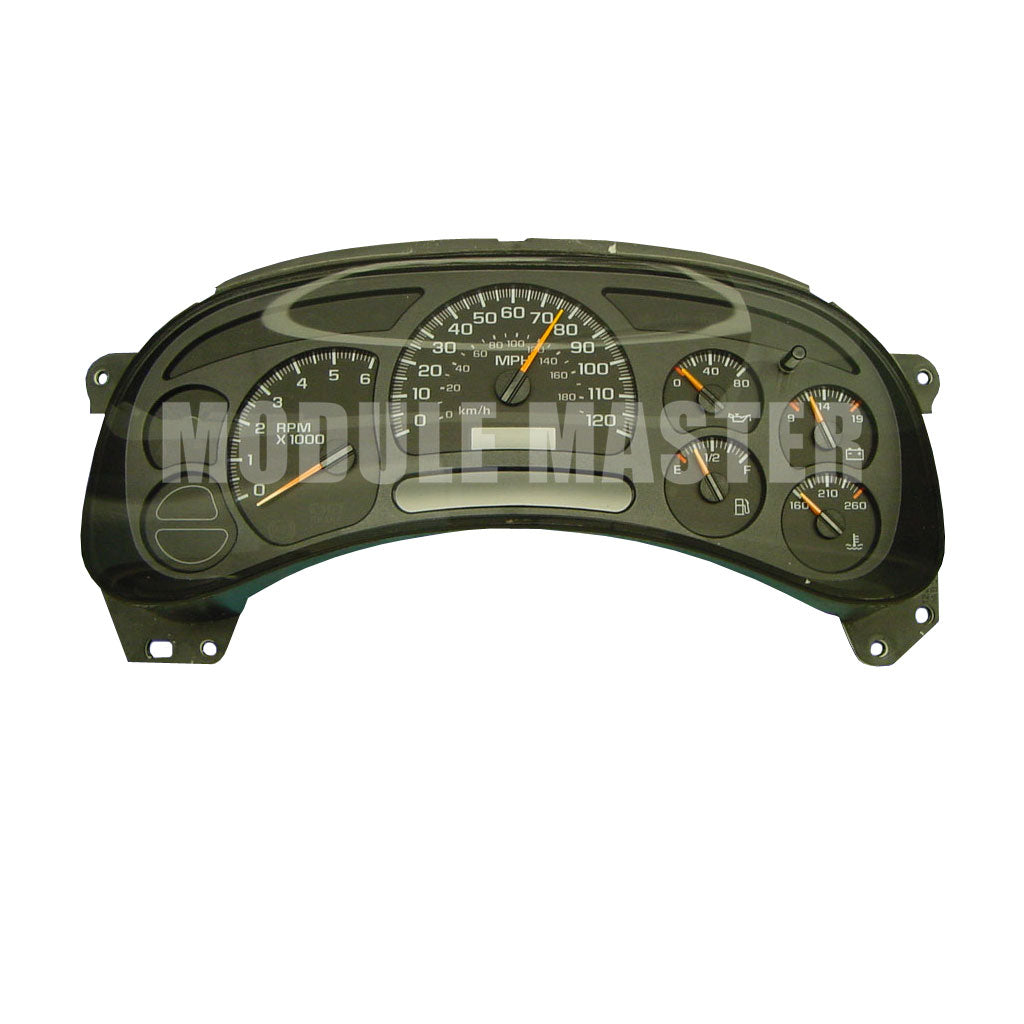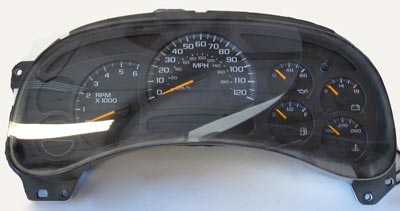Discover Top Techniques for Efficient Auto Tool Collection Fixing and Upkeep
In the world of automotive maintenance, the elaborate system of an instrument cluster plays a crucial role in offering motorists with necessary details concerning their lorry's performance. Stay tuned to uncover the top strategies that can streamline the process of auto instrument collection repair and maintenance, ultimately improving your driving experience and automobile efficiency.
Usual Instrument Collection Issues
Some common issues may occur with car instrument collections, affecting their functionality and precision. One widespread issue is a malfunctioning speedometer, which can cause security worries and prospective legal issues otherwise addressed promptly. This issue frequently stems from a malfunctioning speed sensor or damaged wiring, causing unreliable rate analyses or complete failure of the speedometer. An additional regular problem is a non-responsive fuel scale, leading to uncertainty regarding gas levels and potential unexpected malfunctions. This issue can be triggered by a malfunctioning fuel level sensing unit or a malfunctioning scale cluster. In addition, flickering or dim dashboard lights are typical grievances amongst car owners. This issue may be credited to loosened links, a falling short dimmer switch, or damaged bulbs. These troubles can hinder the driver's capability to monitor essential automobile information, highlighting the importance of prompt tool cluster repair service and upkeep to guarantee optimum functionality and precision while driving.
Essential Tools for Repair Work
When attending to usual tool collection concerns such as malfunctioning speedometers, less competent gas gauges, or dim control panel lights, having the important tools for repair work is important in making sure reliable and accurate diagnostics and maintenance. Among the primary devices needed for vehicle tool collection repair service are a digital multimeter for testing voltage and resistance levels, a soldering iron for repairing faulty components or loosened links, and a collection of screwdrivers for dismantling the collection. Furthermore, specialized tools like cluster elimination hooks might be needed for safely detaching the cluster from the control panel.

Diagnostic Methods for Repairing
Utilizing sophisticated analysis strategies is essential in effectively fixing problems within automobile tool collections to determine and address underlying problems precisely. When confronted with a malfunctioning instrument cluster, professionals often rely on diagnostic tools like multimeters, scan tools, and specialized software application to determine the origin cause of the trouble. These tools allow service technicians to access the collection's inner systems, retrieve mistake codes, and carry out system tests to diagnose issues efficiently. In addition, strategies such as circuit screening, voltage checks, and signal evaluation play a critical duty in detecting complicated electronic faults within the instrument collection. By adhering to methodical diagnostic treatments useful reference and analyzing diagnostic results accurately, technicians can simplify the troubleshooting procedure and make sure the appropriate functioning of the tool collection. Routine training and staying upgraded on the most current diagnostic technologies are essential for professionals to successfully fix modern tool clusters with advanced attributes. A thorough analysis method not only conserves time but additionally promotes accuracy in recognizing and fixing instrument collection problems promptly.
Cleaning and Upkeep Tips

Software Program Updates and Calibration

Calibration is one more vital aspect of preserving your auto instrument collection. This procedure involves adjusting the setups and specifications within the software program to make sure that the displayed details, such as speed, fuel degree, and temperature level, is precise and dependable. Proper calibration not just enhances the customer experience but also contributes to security when traveling by giving vehicle drivers with accurate and trustworthy information.
To make sure that your automobile tool cluster functions optimally, it is recommended to comply with the supplier's standards regarding software updates and calibration intervals. By remaining aggressive in these locations, you can take full advantage of the efficiency and lifespan of your tool collection.
Final Thought
Finally, effective car instrument collection fixing and upkeep need a complete understanding of typical issues, important devices, diagnostic strategies, cleaning up techniques, and software updates. By making use of these strategies, professionals can successfully fix and deal with instrument cluster troubles, guaranteeing trustworthy and accurate efficiency of the car's control panel screen. Regular upkeep and calibration are key to protecting against future problems and ensuring the correct functioning image source of the tool cluster.
When attending to common tool cluster problems such as malfunctioning speedometers, unresponsive gas gauges, or dark control panel lights, having the vital tools for repair service is essential in making certain accurate and reliable diagnostics and upkeep. Among the key tools required for vehicle instrument collection repair are an electronic multimeter for testing voltage and resistance degrees, a soldering iron for fixing damaged components or loose links, and a set of screwdrivers for taking apart the collection. Furthermore, specialized tools like cluster elimination hooks may be needed for securely removing the collection from the dashboard.
In verdict, efficient vehicle instrument collection repair and upkeep require a thorough understanding of usual problems, important devices, analysis strategies, cleaning up approaches, and software program updates. Normal upkeep and calibration are crucial to preventing future issues and making sure the appropriate performance of the tool cluster.
Comments on “Relied On Tahoe Instrument Cluster Repair Specialists: Recovering Gauge Precision”